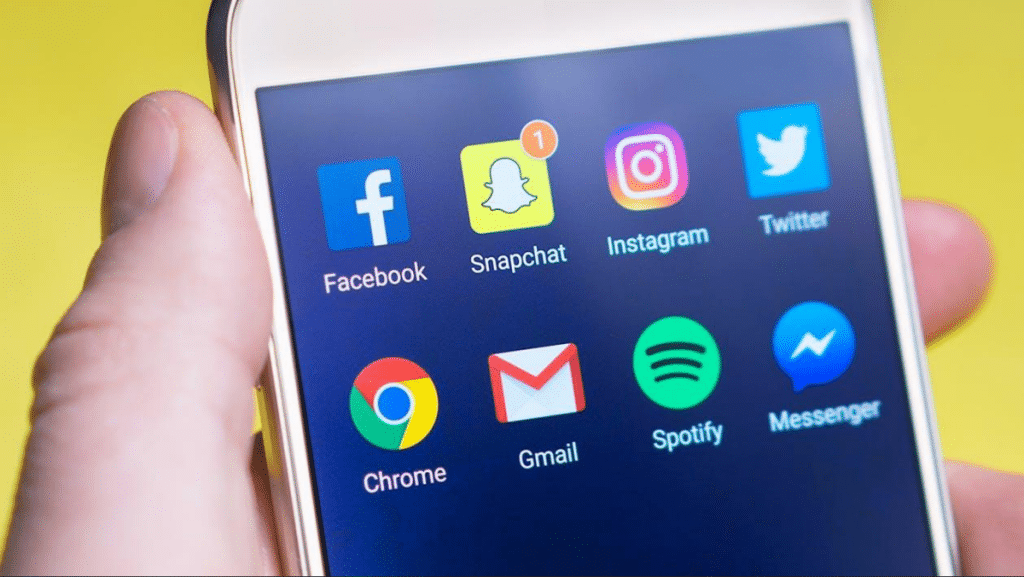With the rise of social media use worldwide, personal injury cases increasingly involve social media activity as evidence. Plaintiffs and defendants should understand how social media can impact a personal injury case.
HJV Car Accident Personal Injury Lawyers, an experienced Louisville firm, provides an overview of relevant social media statistics, examples of how social media evidence has been used in court, and tips for how plaintiffs and defendants should approach social media in a personal injury lawsuit.
The Prevalence of Social Media on Personal Injury Cases
As of July 2024, there were nearly 5.5 billion internet users worldwide. Of that total, a staggering 5.17 billion people, or 63.7%, were social media users. With billions of people actively using social media platforms like Facebook, X, Instagram, and TikTok every day, many personal information and photos are being shared publicly online. This online activity can become relevant in building or defending a personal injury case.
The Impact of Social Media Evidence on Personal Injury Cases
Given the widespread use of social media, it is no surprise that posts, photos, and messages are being introduced as evidence in all types of lawsuits, including personal injury cases. In 2015, a UK court admitted 143 messages sent via WhatsApp as evidence in a civil case, demonstrating that even private communication apps are fair game. Social media evidence can be used by either plaintiffs or defendants in a personal injury case.
For plaintiffs, social media can help demonstrate the extent of their injuries and the impact on their daily lives. Posts and photos showing someone in pain, missing out on activities, or struggling with mobility can corroborate their claims.
However, social media can also be used against plaintiffs if their online activity contradicts their claims. For example, in Largent v. Reed, the plaintiff claimed severe physical and mental pain from an accident. However, her public Facebook photos told a different story, showing her happily engaged in gym workouts and other daily activities. Based on this contradictory social media evidence, the court ordered the plaintiff to provide access to her Facebook account for further investigation.
Tips for Plaintiffs in a Personal Injury Case
For plaintiffs in a personal injury case, here are some tips regarding social media use:
- Avoid posting details about the accident or making any allegation against the defendant online. Stick to the facts and let a reputable personal injury lawyer handle the accusations.
- Be cognizant of how your social media posts could be perceived about your personal injury claims. Don’t exaggerate your struggles, but also don’t downplay them.
- Consider tightening privacy settings during litigation so only approved friends can see posts. However, relevant information could still be subpoenaed.
- Discuss your social media activity with your personal injury attorney so you can devise an appropriate strategy. Listen to their advice about what to post and what to avoid.
Social media use continues to rise globally, and personal injury cases are no exception when leveraging online information. Both plaintiffs and defendants should be strategic and thoughtful about their social media activity during litigation and be prepared to see relevant posts and photos raised as evidence. With proper legal guidance, social media can become an asset rather than a liability.
